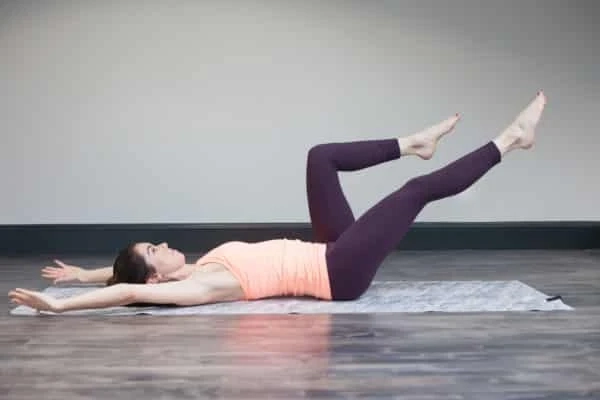Strength Exercises for Seniors: Building Vitality and Independence
As we age, maintaining strength becomes crucial for overall health and well-being. Engaging in regular strength exercises can enhance muscle mass, bone density, and joint ...


As we age, maintaining strength becomes crucial for overall health and well-being. Engaging in regular strength exercises can enhance muscle mass, bone density, and joint ...

